Don’t Sweat It—Stay Comfortable Outdoors with Pro Tips and Tech-Savvy Tools for Beating the Heat
When the Heat Hits Hard
I still remember the sweltering July afternoon deep in Arizona’s desert backcountry. The sun was merciless, the shade nonexistent, and my campsite setup? Let’s just say it was more “sweat lodge” than “summer sanctuary.” That day taught me a valuable lesson: staying cool while camping isn’t a luxury—it’s about surviving the heat, sleeping well, and enjoying the wild without melting into it.
In this guide, I’ll walk you through practical, real-world ways to beat the summer heat at camp. From picking the perfect shaded spot to using smart gear that works with nature, not against it, here’s how you keep your camp cool in summer when the mercury climbs.
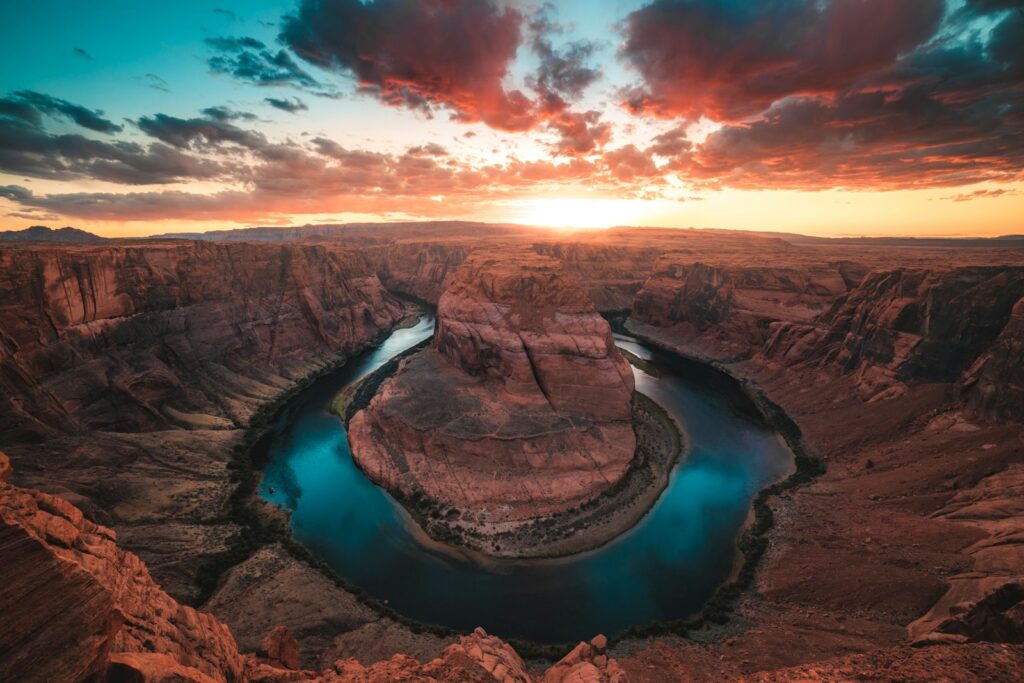
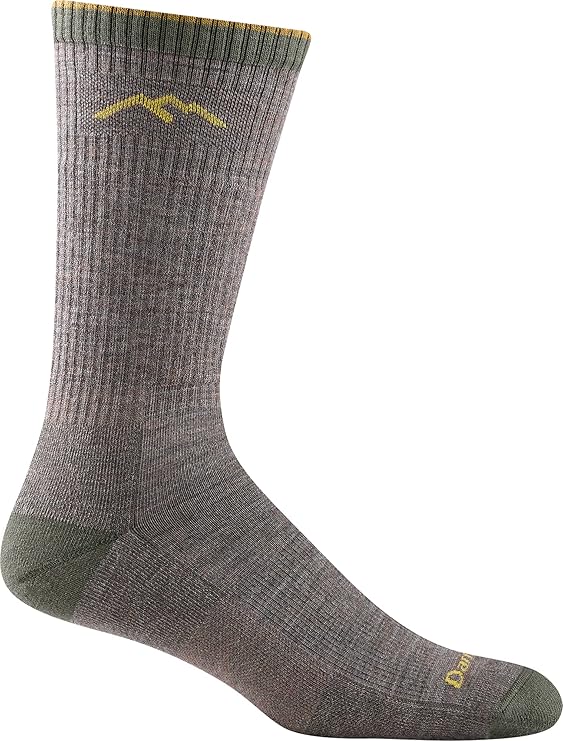
Darn Tough 1403 Men’s Merino Wool Boot Sock Cushion
When comfort matters as much as durability, the Darn Tough Midweight Cushion Boot Sock delivers every step of the way. Knit from a premium blend of 64% Merino wool, 33% nylon, and 3% Lycra spandex, these socks offer all-weather performance that keeps you cool in summer and warm in winter—without the sweat or stink. The midweight cushioning underfoot provides just the right amount of support, while True Seamless™ technology creates an ultra-smooth, invisible fit that feels like second skin. Designed to sit mid-calf for added warmth and protection, they’re the ideal companion for hikes, boots, or cold-weather adventures. Best of all, they’re guaranteed for life—if they ever wear out, Darn Tough will replace them, no questions asked. Made proudly in Vermont, these socks are tested in the rugged outdoors and built to outlast the trail.
Buy NowChoose Your Campsite Wisely: The First Line of Defense
Your location is your first and best defense against the heat. Look for campsites at higher elevations where the air tends to be cooler. Dense tree cover is another bonus, providing essential shade during the hottest hours. Even the slope of the land matters: east-facing sites catch morning light and avoid the blistering afternoon sun.
A lot of people assume camping near water guarantees cooler temps, but beware: lakes and rivers can attract humidity and mosquitoes, and without proper airflow, it can feel muggy rather than refreshing. Instead, focus on spots with cross breezes and natural shade for maximum relief.
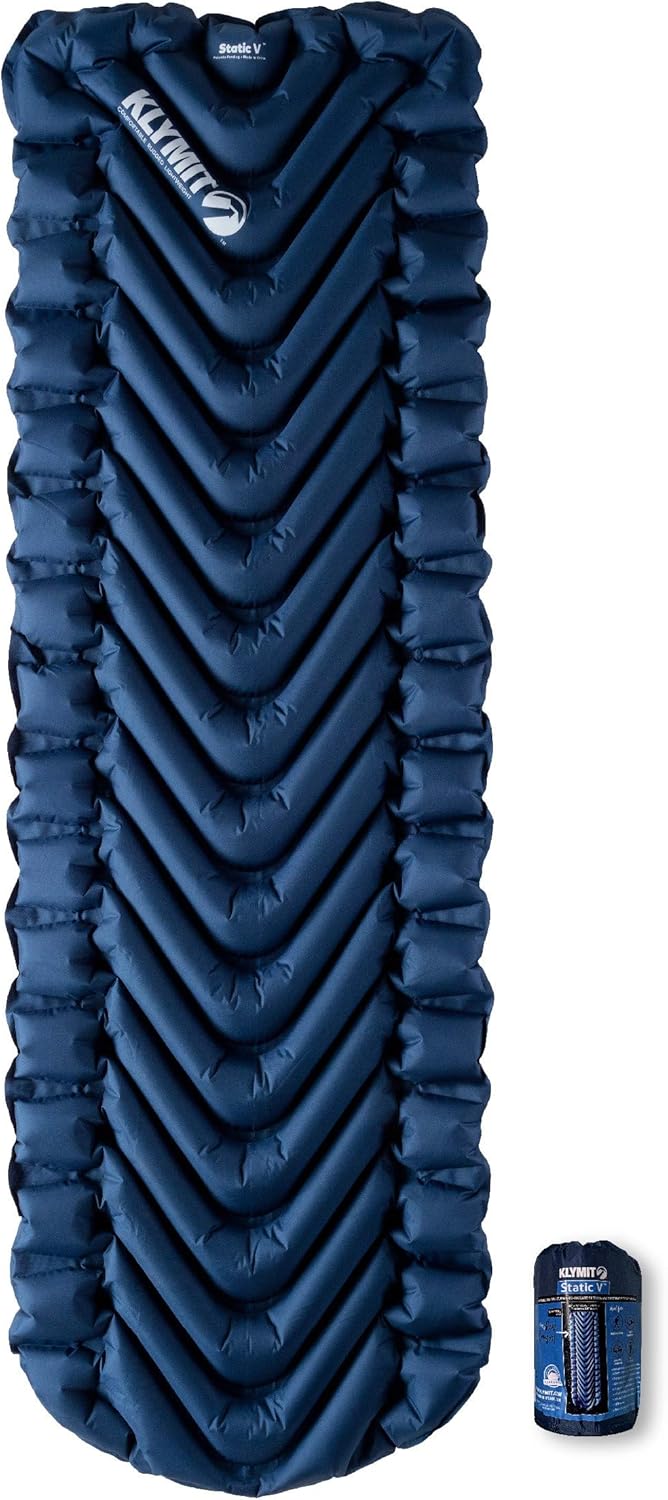
KLYMIT STATIC V Sleeping Pad, Lightweight
Prep gourmet meals wherever your adventure takes you—whether it’s a remote bivy, a bustling base camp, or a cozy campsite. This cookware is made from hard-anodized aluminum for fast, even heating and long-term durability, all while preventing chemical reactions with acidic foods. Thanks to patented Teflon® Radiance Technology, it heats up to 25% faster and resists scratches, making it perfect for quick, high-quality meals in the wild. Smart accessories like a cutting board, strainer, and a stuff sack that doubles as a wash basin complete your all-in-one outdoor cooking setup. Designed for outdoor chefs since 1985, this set combines efficiency, rugged performance, and eco-conscious innovation you can trust.
Buy NowShade Like a Pro: Tarp Tactics and Shelter Hacks
When nature doesn’t offer shade, make your own. I pack a reflective ultralight tarp that doubles as a sun blocker and rain shelter. It’s more versatile than bulky pop-up canopies and weighs next to nothing. Set it up high to allow hot air to escape and angle it to reflect sunlight away from your sitting or cooking area.
Cross-ventilation is key. Avoid blocking airflow with gear or improperly hung tarps. On the ground, use breathable mats or reflective picnic blankets to keep heat from radiating up from below. One of my favorite additions to my kit is a collapsible sun shelter with mesh sides—great airflow, zero glare.










Smart Gear That Beats the Heat
When temps soar, tech can be your best friend. I field-tested several battery-powered and solar fans last season. The winner? A USB-rechargeable clip fan that lasted all night on low and attached perfectly to my tent pole.
Evaporative cooling towels are another must. Dip one in cool water and wear it around your neck for instant relief. Wearable fans may look dorky, but they work.
For hydration, my go-to is a gravity-fed filter system combined with an ultralight cooler for perishable snacks. Bonus points if your gear includes thermochromatic fabrics—some modern tents and shirts actually adjust their thermal retention based on the temperature. It’s science, and it works.
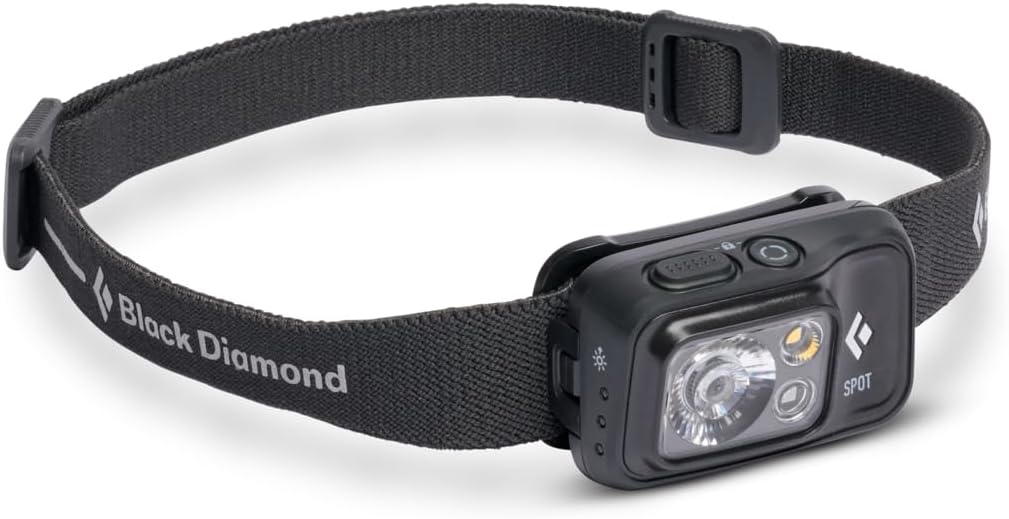
BLACK DIAMOND Spot 400 LED Headlamp
Built for serious adventurers, the Black Diamond Spot 400 Headlamp delivers 400 lumens of powerful, reliable light in any condition. With multiple modes—including dimming, strobe, proximity, and red night vision—it’s ready for trail runs, climbs, or night hikes. A built-in battery meter keeps you informed, and the IPX8 waterproof rating ensures it performs even after full submersion. Backed by over 65 years of outdoor expertise and a 3-year warranty, this headlamp is made to handle whatever nature throws at you.
Buy NowTent Setup and Ventilation: Build for Breeze
Where and how you pitch your tent makes a huge difference. Choose high ground with good air circulation, and orient the door to catch prevailing winds. Always check the weather and know where breezes typically flow in your region.
Skip the rainfly unless there’s a chance of precipitation. An open mesh tent allows heat to escape and cooler night air to circulate. Look for tents with dual vents at top and bottom to promote vertical airflow. At night, I often remove the rainfly entirely and use a fine mesh bug net to sleep under the stars without overheating.
Camp Cuisine that Keeps You Cool
What you eat affects how you feel. Skip the chili and grilled meats in favor of hydrating meals like cucumber salad, hummus wraps, or cold-soaked oats. I keep a compact blender in my car for morning smoothies made with rehydrated powdered fruits and coconut water.
Lightweight stoves that don’t radiate a ton of heat are essential. I favor isobutane canister stoves with good simmer control—fast cooking, less sweat. Pair with collapsible coolers and ice packs to store fresh veggies and cold drinks without hauling a heavy cooler.
Final Takeaways: Cool Comfort is Possible
Keeping your camp cool in summer boils down to three essentials: choose your site with shade and airflow in mind, use smart gear that enhances your experience without adding bulk or heat, and optimize every piece of your setup for ventilation.
Don’t treat heat management as an afterthought. Proactive planning means better sleep, safer exertion, and a way more enjoyable time in the wild. Trust me—your tent doesn’t have to feel like a sauna.
Ready to upgrade your summer camp game? I’ve compiled my full summer gear list featuring my top-tested fans, tarps, cooling towels, and more.
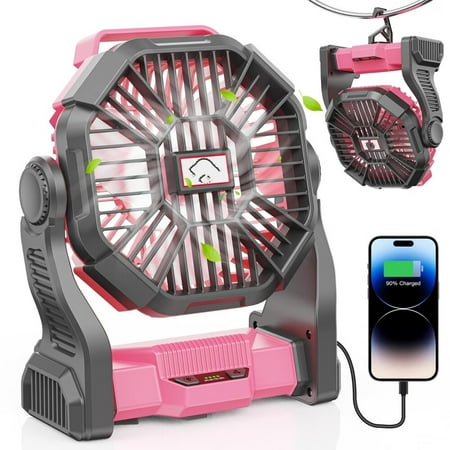
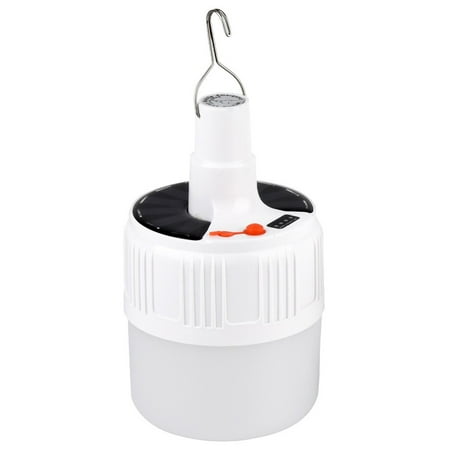
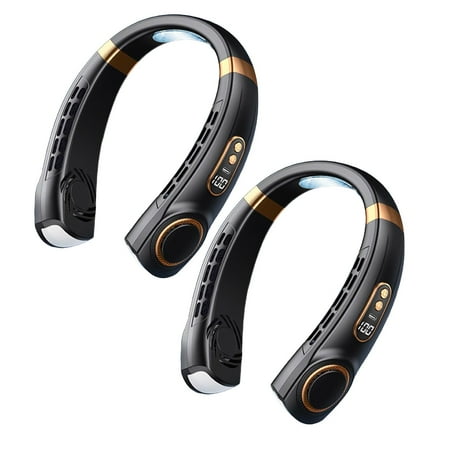

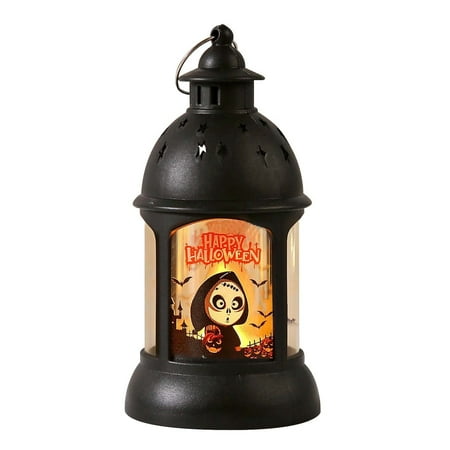
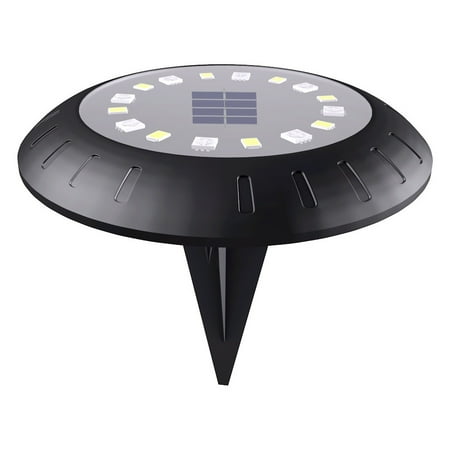
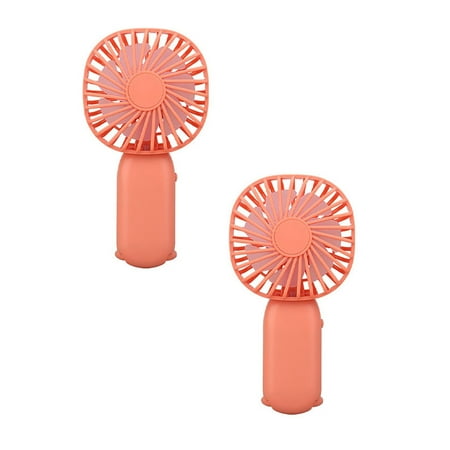
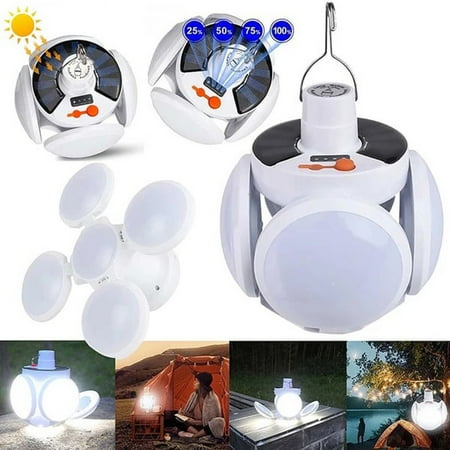
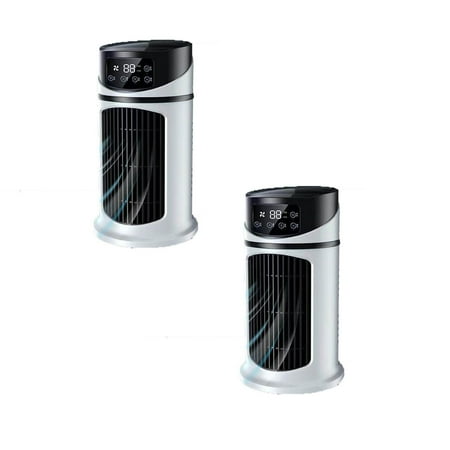
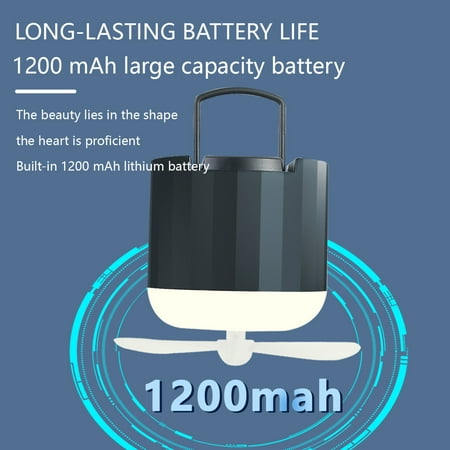
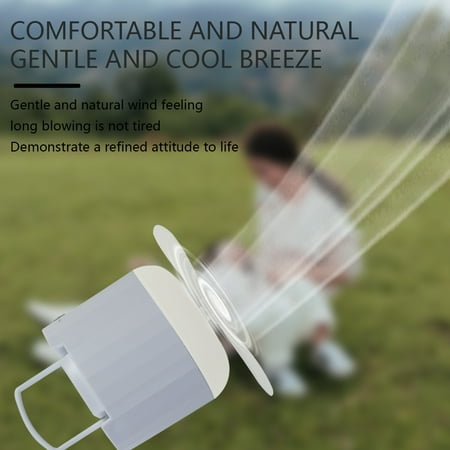
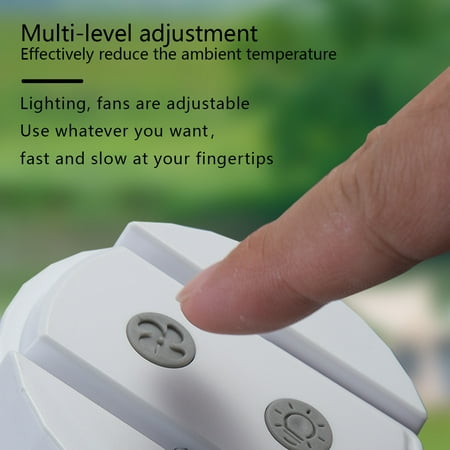
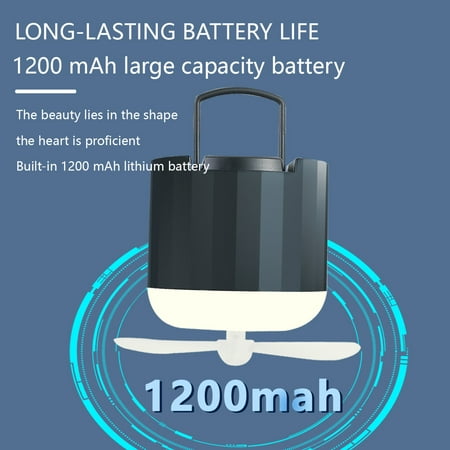

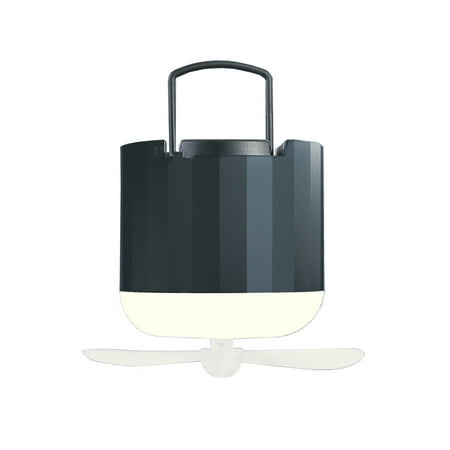
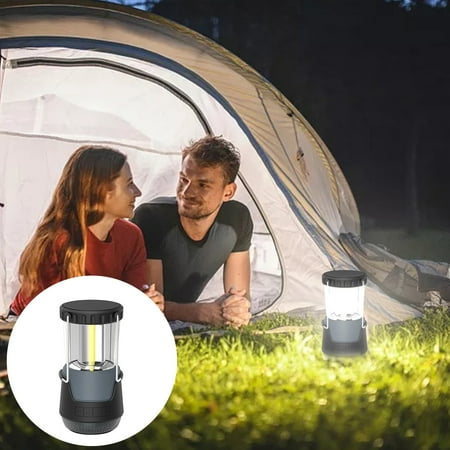
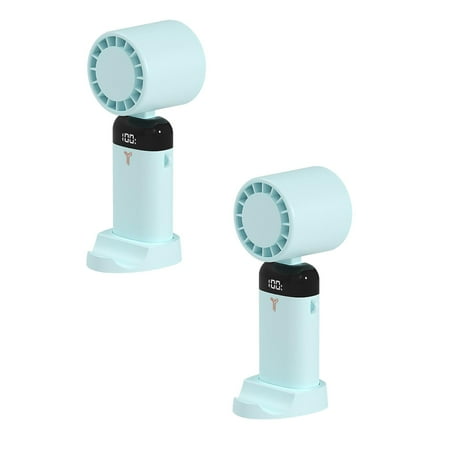


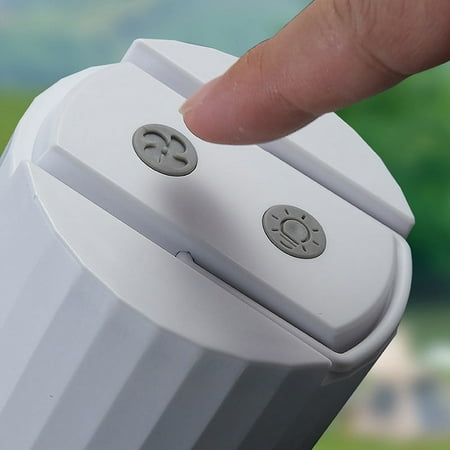
Leave a Reply